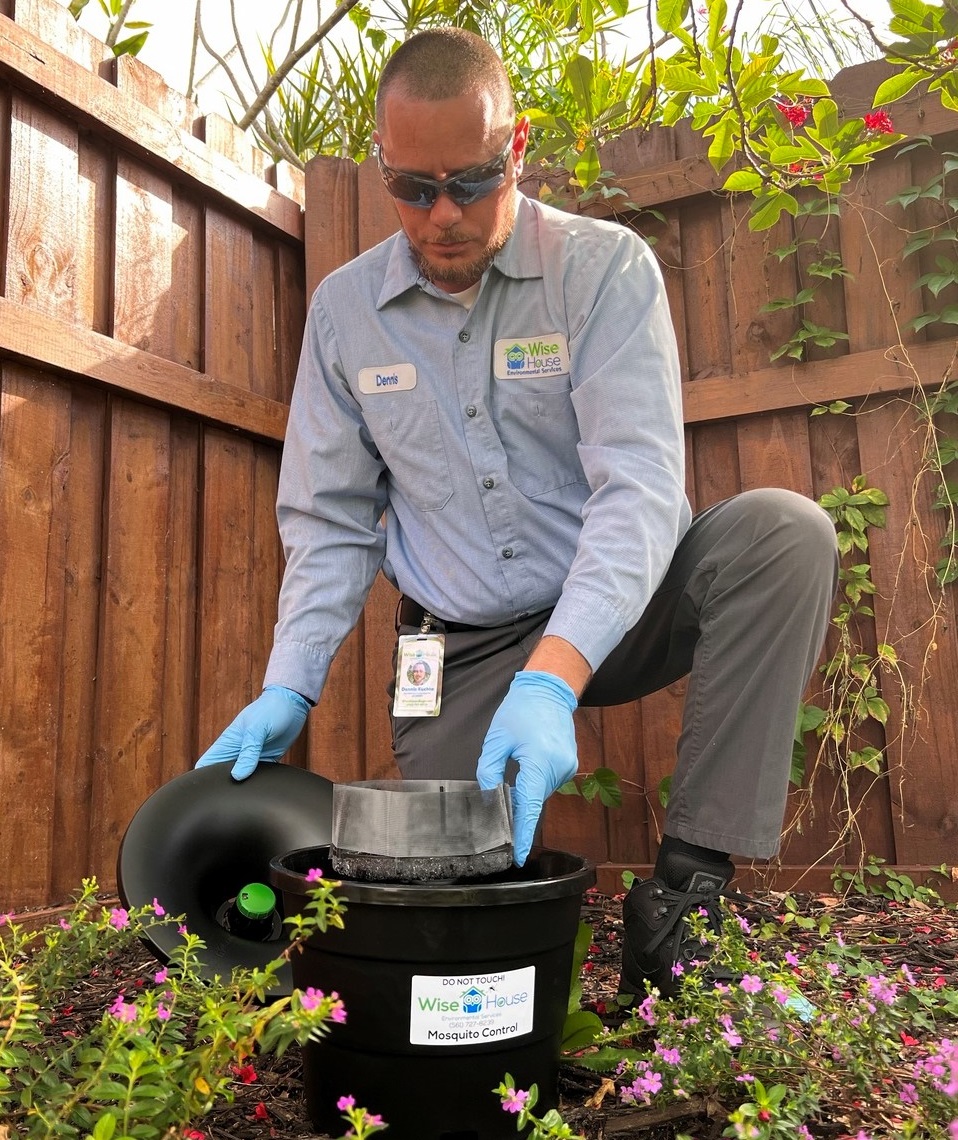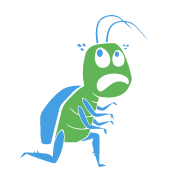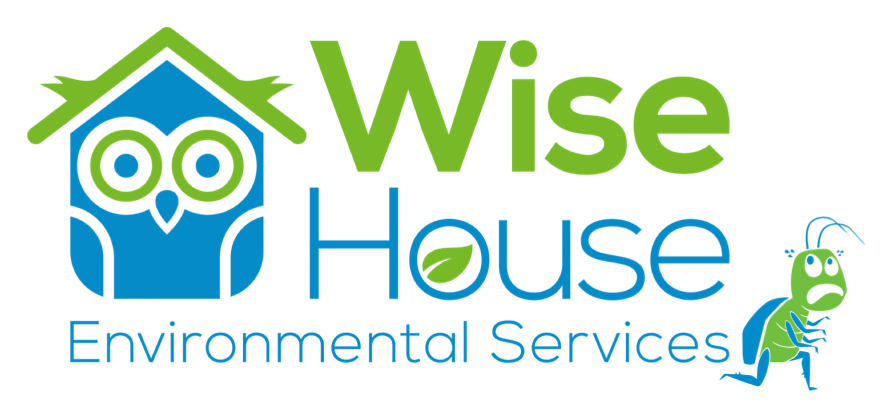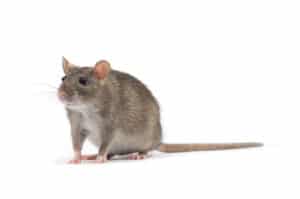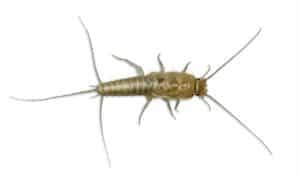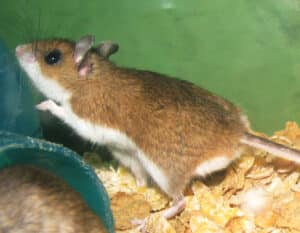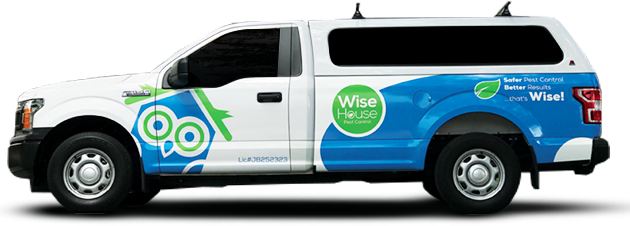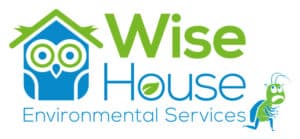Big Headed Ants
Pheidole sp.
Pest Stats

Color
Varies from yellowish and light brown to reddish hues and dark reddish-brown, often with patches of dark red or black

Size
Typically range from about 2-3 mm in length for their minor (smaller) workers, while major (larger) workers can measure closer to 3 or 4 mm.

Shape
Have an elongated body with a distinct, narrow waist, large square-shaped heads on major workers, and a rounded abdomen.

Region
Have an elongated body with a distinct, narrow waist, large square-shaped heads on major workers, and a rounded abdomen.
What is a Big Headed Ant?
These ants are named for the unusually large heads of their major workers compared to their body size. They can be found in many parts of the United States, including Hawaii. A few species can act as intermediate hosts of tapeworms that infect turkeys, chickens, and other domestic fowl.
What does the Big Headed Ant Look like?
The coloration of these ants varies widely, from yellowish and light brown to reddish hues and dark reddish-brown, often with patches of dark red or black. The major workers are distinctive due to their unusually large heads relative to their body size. Notably, some species release an odor reminiscent of mammal feces when alarmed.
Similar Ants
- Fire ants
- Pharaoh ants
Biology of Big Headed Ants
Depending on the species, mature colonies range from small to large. The majority of species form small colonies, numbering about 200-300 individuals; species forming large colonies may number up to 2,000-3,000 individuals. Colonies are multi-queened. The large heads and associated large mandibles of the major workers are utilized to crack the husks of seeds and/or the hard exoskeletons of insect prey. A few species serve as intermediate hosts of tapeworms.
Habits of Big Headed Ants
Bigheaded ants only occasionally invade structures and usually nest in the soil surrounding structures. Most species nest in the soil in protected situations such as under stones, patio blocks, slabs, firewood, and landscape timbers, although they will nest in open areas where they make small mounds. It is not uncommon to find them nesting under leaf litter or mulch around building foundations.
A few species will nest in rotting wood and stumps. With regard to structures, bigheaded ants will often nest under slabs and enter the structure via expansion joints and cracks in the slab. They will occasionally nest in crawl spaces, and are known to utilize termite-damaged wood for nesting purposes.
Bigheaded ants feed primarily on seeds and insects, and occasionally on honeydew. In homes, they will feed on meats, grease, liver, molasses, peanut butter, and fruit juices. They usually show a preference for high-protein foods.
5 Ways To Prevent Big Headed Ants in Your Home
These proactive steps will help keep them away, but if you’re still seeing signs of these ants, the professionals at Wise House Environmental Services are just a call away.

Remove Mulch and Organic Debris Near the Foundation
Big-headed ants are drawn to the moist, sheltered environment mulch and debris provide. Keep mulch, leaves, and other organic material at least 12 inches away from your home's foundation to reduce attractive nesting areas.

Control Moisture Around Your Home
These ants thrive in damp conditions. Ensure gutters and downspouts direct water away from your foundation, fix leaky faucets, and avoid overwatering the soil close to your house. Minimizing moisture discourages them from establishing colonies.

Seal Entry Points
Big-headed ants can enter through even the smallest cracks or gaps. Inspect your windows, doors, and foundation, and seal any visible openings. Pay close attention to areas around pipes, vents, and utility lines, where gaps are common.

Trim Vegetation and Trees
Overhanging branches and shrubs close to your home can provide easy pathways for ants. Cut back any vegetation touching your home, especially near windows, doors, and the roofline, to limit their access points.

Keep Outdoor Food Sources Tidy
Big-headed ants are often attracted to pet food, bird feeders, and trash. Keep outdoor food sources sealed, and regularly clean any spills or crumbs that might attract ants.
Need Help Getting Big Headed Ants?
If you're dealing with a Big-headed Ant infestation in South Florida, professional pest control services can help identify nesting sites and implement effective treatment strategies. Contact a licensed exterminator to protect your home or business from these invasive pests.
Contact Wise House Environmental Services at 1-800-283-1559 for more information and a free quote on ant control services.
5 Ways To Keep Big Headed Ants Out Of Your Home
These tips can help prevent Big Headed Ants from becoming a problem. If they’re still persistent, Wise House Environmental Services is ready to provide professional support and keep your home ant-free.

Store Food Properly
Ants are highly attracted to food inside the home. Keep food stored in airtight containers, clean up crumbs or spills immediately, and regularly empty trash bins with food waste. This reduces the chances of attracting ants inside.

Clean Regularly
Ants are resourceful and will find even the smallest bits of food. Regularly sweep, mop, and wipe down countertops, especially in the kitchen and dining areas, to remove potential food sources. Pay attention to corners where crumbs might gather.

Fix Interior Leaks
Moisture attracts ants indoors just as much as outside. Fix any leaking faucets, pipes, or drains, particularly in areas like kitchens, bathrooms, and basements. Reducing indoor moisture discourages ants from coming in to nest.

Seal Cracks and Gaps Indoors
Just as with the exterior, inspect your home’s interior for small cracks or gaps where ants could enter. Seal any visible openings, especially around windows, door frames, baseboards, and along the edges of cabinets.

Don’t Leave Pet Food Out Overnight
If you have pets, avoid leaving their food out overnight. Ants are attracted to pet food, so clean up any leftover food, or place pet dishes in a shallow tray of water to create a barrier.
Our Customers Love Us!
See What They Are Saying


- Michael C.

- John U

- Benjamin N.

- Bob G.

- Aaron C.

Dedicated To Being The Pest Control Company You Can Rely On
Request a professional estimate!
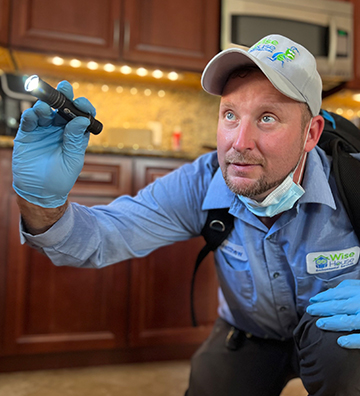
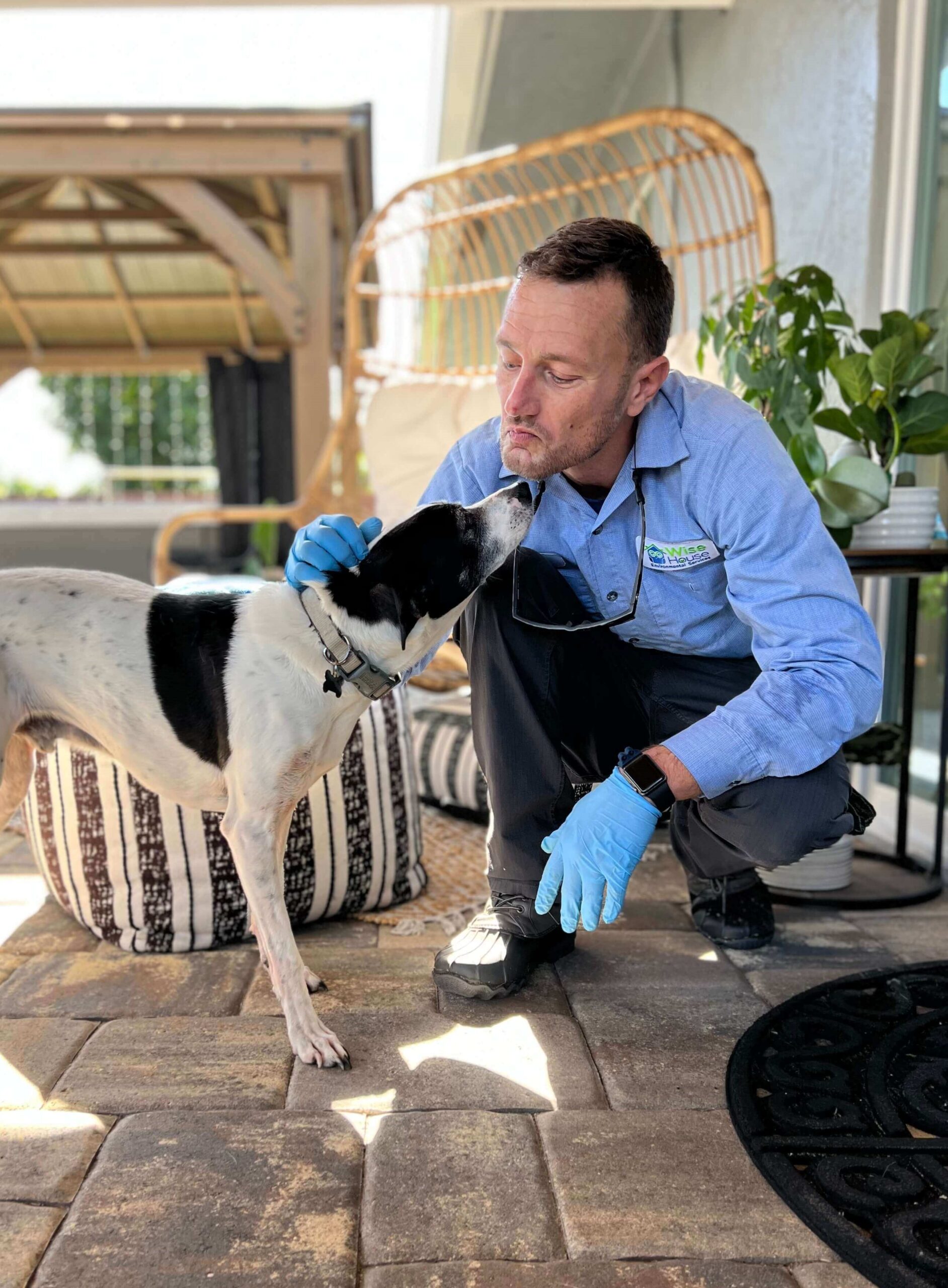
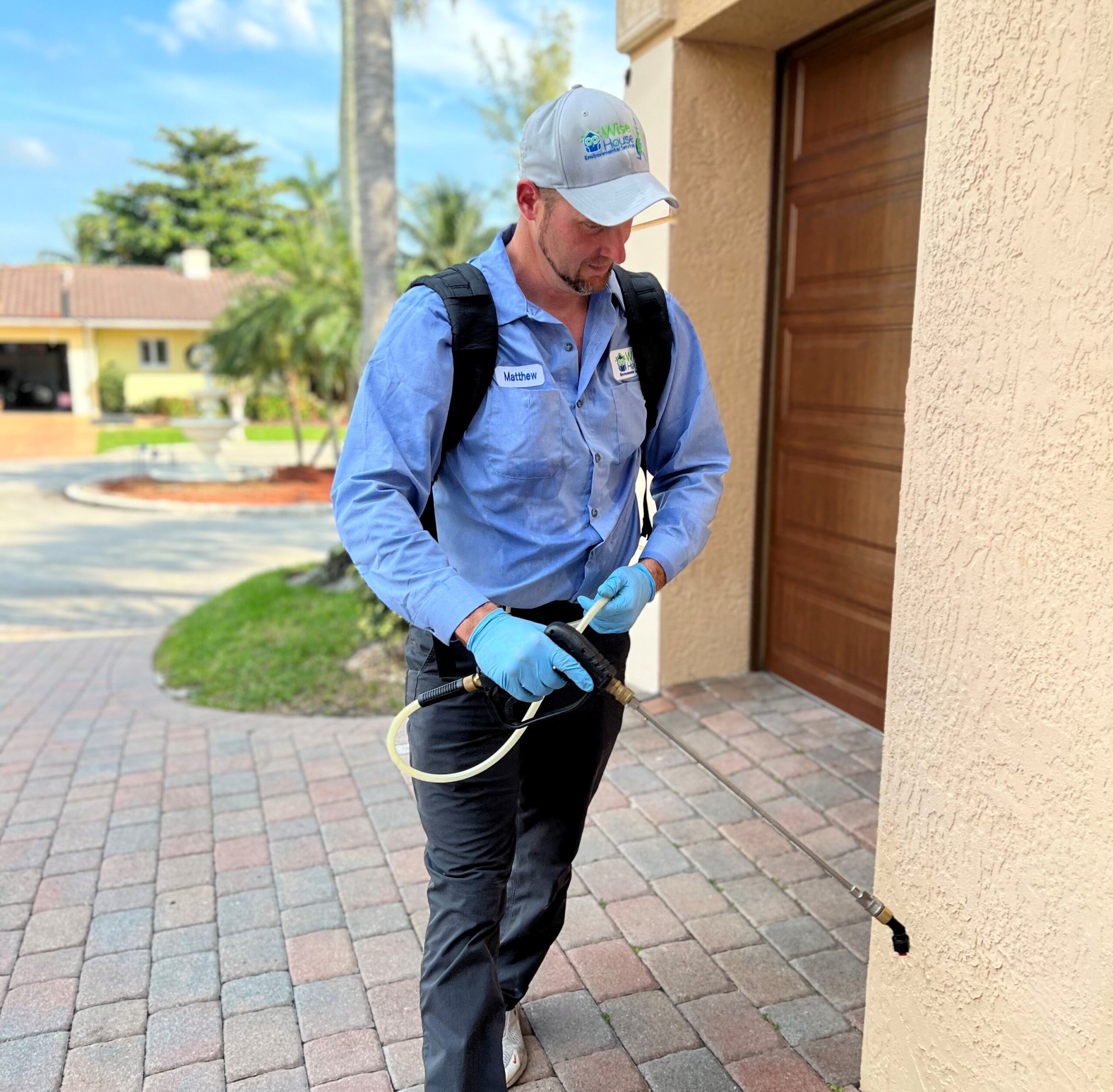

Request a Profesional Ant Quote!
Get an estimate!
